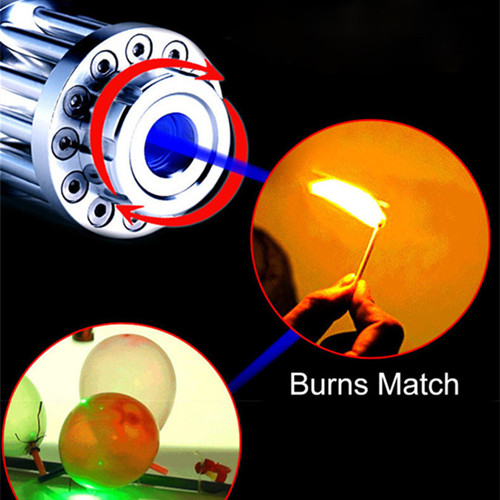German and American scientists have jointly created a laser with a spectral line width of only 10 millihertz (1 millihertz is 0.001 hertz), setting a new world record for laser monochromaticity. According to a press release issued by the German Federal Institute of Physics and Technology, this is the laser pointer closest to ideal monochromaticity so far. Using it to measure the atomic frequency can make the photon clock more accurate, and also contribute to the study of spectroscopy and radio astronomy.
Frequency and wavelength determine the color of light. Sunlight is composed of many different frequencies of light, which can form a rainbow after decomposition. The singler the frequency of light, the better the monochromaticity, and the narrower the area occupied by the spectrum. The ideal laser has only one frequency and wavelength, and the spectral line is a line without width, but it cannot be achieved in reality.
The line width of ordinary lasers is usually several thousand hertz to several million hertz, which is not suitable for experiments with particularly high accuracy requirements. Scientists from the German Federal Institute of Physics and Technology and the United States Joint Institute of Experimental Astrophysics have created two beams of red laser pointer with a wavelength of about 1.5 microns. The comparison confirms that the line width is 10 millihertz. The paper was published in the “Physics Review Newsletter” “Magazine.
The two lasers are very stable, all the light waves that make up the laser are very similar, and the oscillation pace is highly consistent. They can maintain synchronization for at least 11 seconds with 194 trillion oscillations per second. During this time, the laser can travel 3.3 million kilometers, which is equivalent to nearly 10 times the distance from the earth to the moon.
